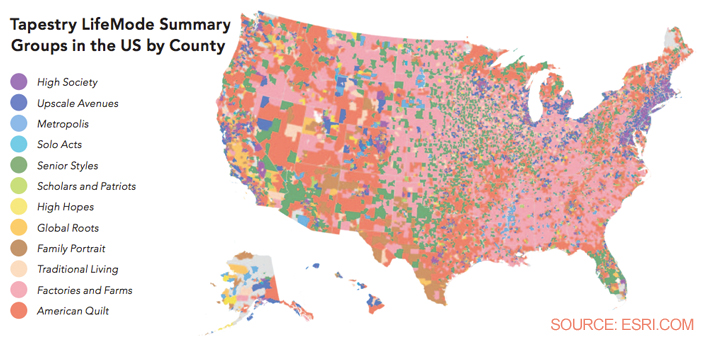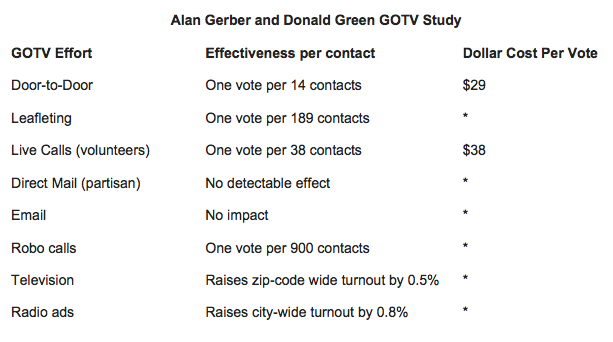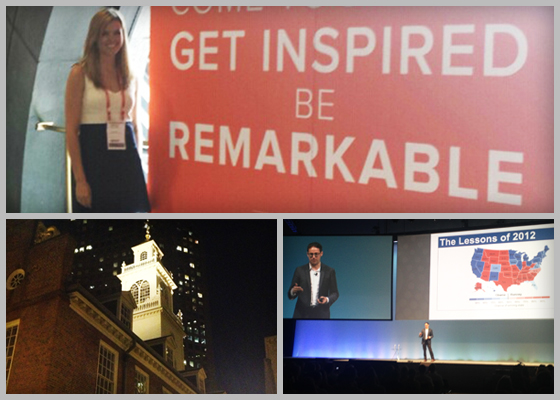Data is important. But unless data is used correctly, by itself it doesn’t win elections. Turning data into real, actionable insights and taking consistent, meaningful action wins elections.
As a political candidate, targeting voters is a necessary tactic that allows you to get the most out of your voter outreach efforts. But the work doesn’t stop there.
Fine-tuning your voter contact lists is only useful if you know how to connect with that targeted audience. You won’t want to miss the chance to connect, but unless you’re intentional, you may end up doing just that. Whether you’re creating a walk list or a mailing list, making live calls or organizing local volunteers to go door-to-door, using data to determine voter history, who those voters are, and what they like, gives you insight on which voters to reach and how best to establish a connection.
As we all know, each campaign has limited hours in a day and limited manpower. When mobilizing volunteers, understanding the best walk-lists to generate can move the vote by several percentage points. Generally, there are three broad categories into which voters fall: those who will always support your side, those who will never support your side, and those undecided. I like to call them saints, sinners, and savables. Through my experience working with grassroots activists and campaigns across the country, I’ve seen that a campaign must focus on turning savables into saints and then mobilizing the saints.
Using data to determine the right doors to knock on and people to talk to saves you valuable time. Not to mention, it makes for happy volunteers. (Knocking on the door of a staunch supporter of your opponent is never fun.) But voter history is certainly not the only factor to which you should be paying attention. Targeting a specific slice of voters allows you to bring a specific message to them. For instance:
- Unaffiliated suburban women who are frequent voters.
- Republican or unaffiliated voters who recently registered to vote
- Republican, frequent voters who have not been contacted in the last three months
The 2012 Obama Campaign successfully utilized data to fine-tune voter characteristics. As Sasha Issenberg, author of The Victory Lab, writes, “Obama’s analysts built statistical models to pull out other factors that distinguished voters from nonvoters. Socioeconomic factors like income and housing type played a role; those who lived in multi-tenant dwellings, for instance, were less likely to vote. But within those households Obama’s analysts found a twist. A voter living with other people who had a demonstrated history of voting was predicted as more likely to turn out herself.”
So, set your vote goal and aim to identify, persuade, and get-out-the-vote. Let analytics guide your voter-contact efforts to victory. It’s a science, but not rocket science.



 Now the study notes that the * means “Cost effectiveness is not calculated for tactics that are not proven to raise turnout” and that “door-to-door canvassing is talking to targeted voter, for phone calls, talking to targeted voter.” So robo calls, emails, and direct mail have no real impact for GOTV, and it should be noted that television and radio raise turnout by less than a point. That is not even targeted GOTV. It just raises turnout generally, not necessarily among a campaign’s targeted voters.
Now the study notes that the * means “Cost effectiveness is not calculated for tactics that are not proven to raise turnout” and that “door-to-door canvassing is talking to targeted voter, for phone calls, talking to targeted voter.” So robo calls, emails, and direct mail have no real impact for GOTV, and it should be noted that television and radio raise turnout by less than a point. That is not even targeted GOTV. It just raises turnout generally, not necessarily among a campaign’s targeted voters.